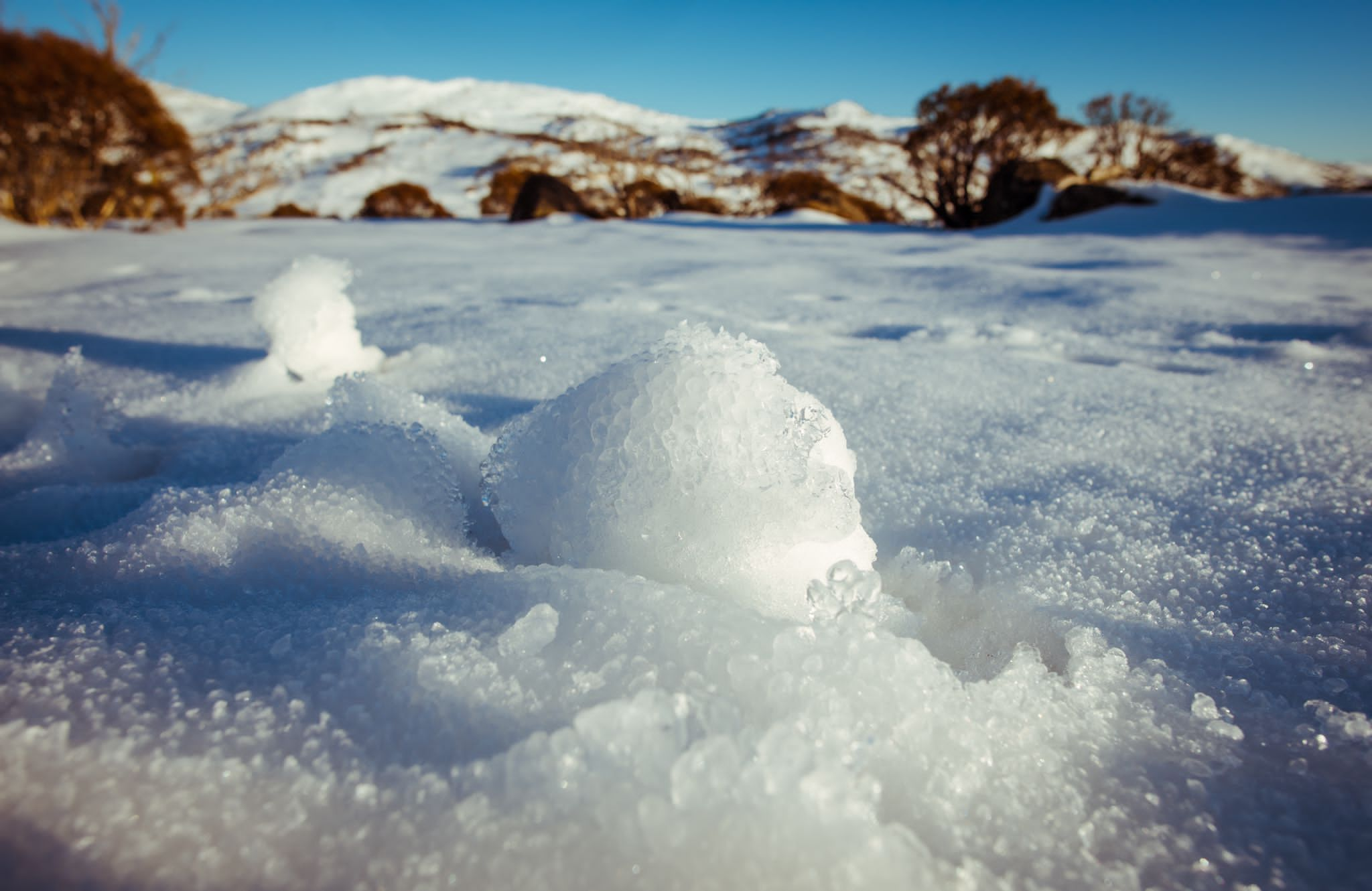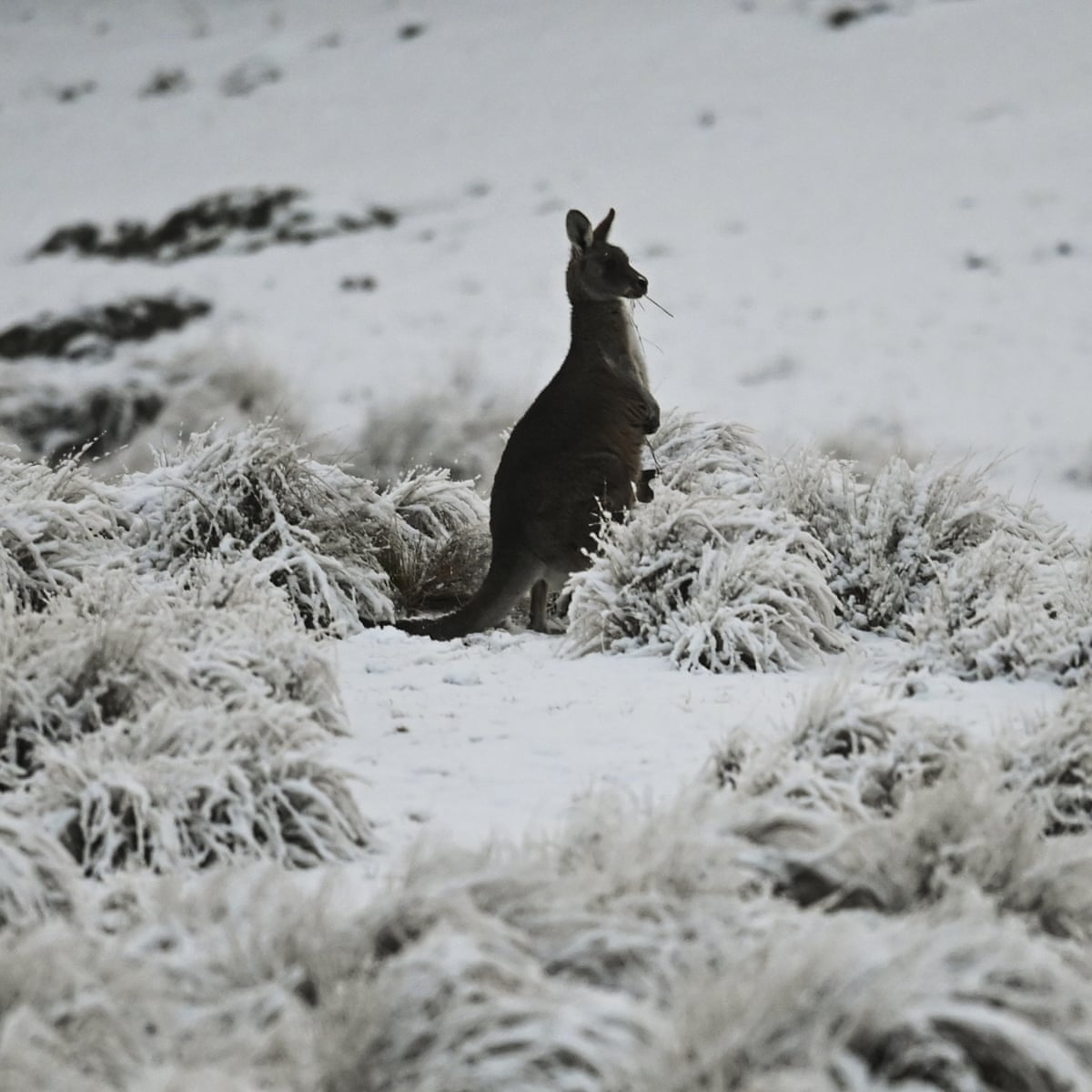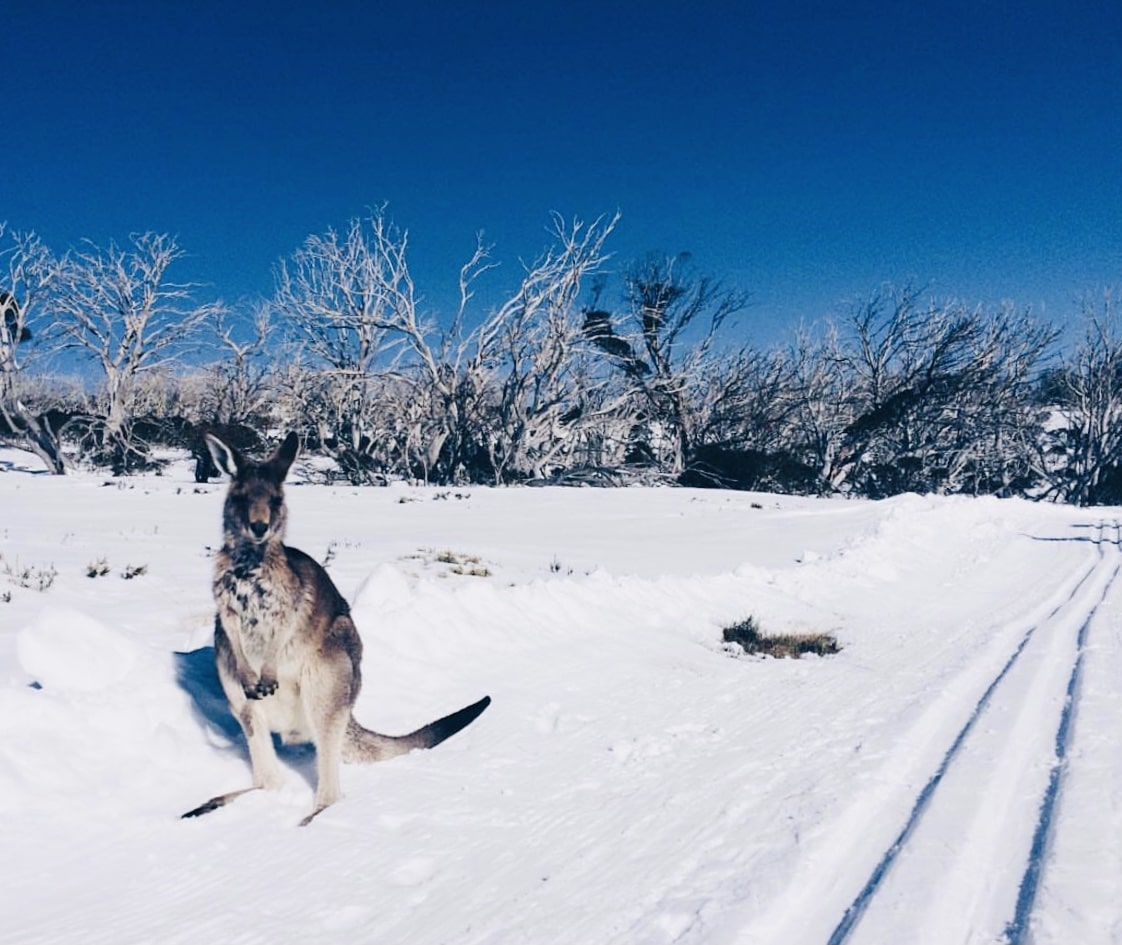Discover the Beauty of Snow In Australia with Thrilling Activities and Stunning Scenery
Wiki Article
Discover the Remarkable Impacts of Snow in Australia on Regional Environments
In spite of its reputation for sun-soaked landscapes, Australia additionally flaunts areas blanketed by snow-- a sensation that greatly affects the nation's one-of-a-kind environments. The shielding buildings of snowflakes shield flora and animals in the middle of the chilliest wintertimes, while the melting snow nurtures rivers and aquatic life. The real wonder lies in just how these icy conditions shape the country's biodiversity and nutrient cycles. As we untangle this complex partnership, we discover ourselves walking on undiscovered grounds in Australia's high nation.The Unanticipated Areas of Snowfall in Australia
Although Australia is usually related to sandy beaches and sun-scorched landscapes, specific regions surprisingly experience snowfall. The high nation areas of New South Wales, Victoria, and Tasmania are particularly recognized for their wintertime snow. The Snowy Mountains in NSW, for example, receive plentiful seasonal snow, providing a stark contrast to the nation's typical hot, dry environment. On the other hand, the Victorian Alps and components of Tasmania likewise see annual snowfalls, changing the landscape right into a wintertime wonderland. These areas are not simply abnormalities but important parts of Australia's diverse environment system. The existence of snow in these regions considerably affects regional communities, consequently influencing the nation's unique biodiversity. The specific effect on Australia's distinctive vegetation will be talked about in the next section.
How Snow Impacts Australia's Distinct Plants
These plants have actually developed to endure in extreme problems, with snow serving as a safety covering from severe winds and freezing temperature levels. The snow also adds to the moisture material of the dirt, supplying needed hydration for plant life during the completely dry summertime months. In significance, the snow influences the timing of blooming and seed dispersal, the growth prices, and the survival of many plant types, showcasing the complex interaction between climate and flora in Australia.
The Adjustments of Australian Animal to Snowfall
Equally as Australia's vegetation has actually adapted to the wintery conditions, the local fauna too, show impressive adaptations to the snowfall. Variety like the Mountain Pygmy-possum, the only Australian marsupial understood to hibernate, have advanced approaches to endure in snowy atmospheres. It makes use of the snow as insulation, hibernating in rock gaps underneath the snow to stay cozy. In a similar way, the Snow Skink, a varieties of lizard, changes its colour to white throughout winter months, offering camouflage against predators. Birds such as the Snowy Mountains' Crimson Rosella additionally adjust their diets to take in offered food resources during chillier durations. Hence, in spite of the harsh problems, Australian fauna shows a adaptive and resilient nature, ensuring their survival in regions experiencing snowfall.The Function of Snow in Forming Neighborhood Ecosystems
In Extra resources shaping the local communities, the role of snow in Australia is both profound and multilayered. Snow gives an essential water resource, feeding rivers and reservoirs as it thaws, hence supporting a range of aquatic life types. The existence of snow shapes the look at these guys vegetation patterns, pet actions, and overall sustainability of Australia's one-of-a-kind communities.
The Future of Snowfall in Australia: Effects and forecasts

Given the critical role snow plays fit local environments, the future of snowfall in Australia is attracting enhancing attention from researchers and environmentalists. Existing climate models predict a considerable reduction in snowfall due to worldwide warming, with possibly profound influence on local ecological communities. Much less snow can cause decreased water schedule in alpine regions, adversely affecting wild animals habitats and plant life. It can modify the timing of seasonal changes, disrupting the life cycles of many native species. The tourism sector, heavily reliant on the winter season snow season, may also encounter significant challenges. Therefore, recognizing these forecasts and their implications is critical to create efficient conservation strategies, guaranteeing the conservation of Australia's unique biodiversity and the sustainability of Discover More its economic climate.
Conclusion
The function of snow in Australia's communities is pivotal yet commonly overlooked. It functions as a guard, a nurturer, and a shaper of varied towering varieties, contributing to the splendor of Australia's high country. As climatic patterns remain to move, comprehending the implications and prospective transformations of these snow-influenced ecological communities is essential. Hence, the snow in Australia is greater than an all-natural phenomenon; it's an important gamer in the country's environmental story.Regardless of its credibility for sun-soaked landscapes, Australia likewise boasts areas blanketed by snow-- a sensation that exceptionally influences the country's unique communities. It makes use of the snow as insulation, hibernating in rock holes beneath the snow to stay warm - Snow In Australia.In shaping the neighborhood communities, the role of snow in Australia is both extensive and multilayered. The existence of snow forms the plants patterns, pet habits, and overall sustainability of Australia's special ecosystems
Offered the critical duty snow plays in shaping local ecosystems, the future of snowfall in Australia is drawing boosting attention from researchers and environmentalists.
Report this wiki page